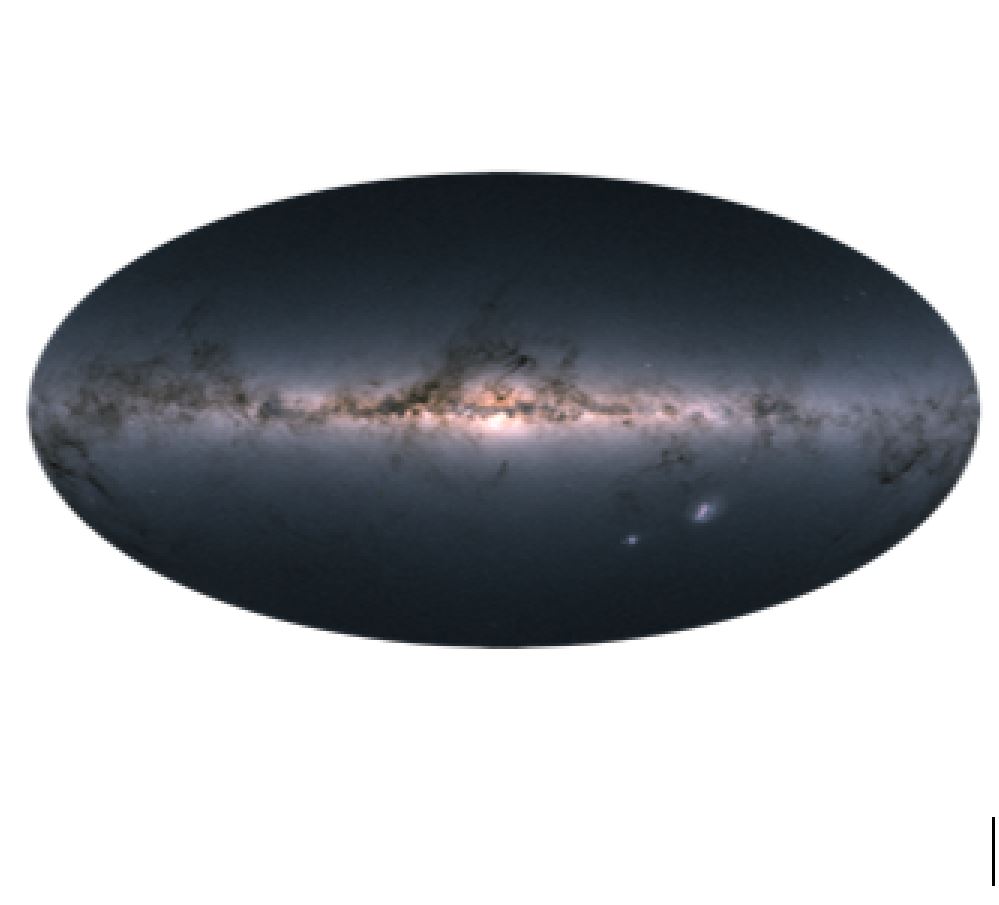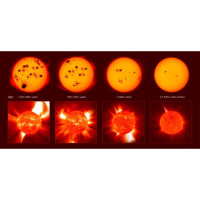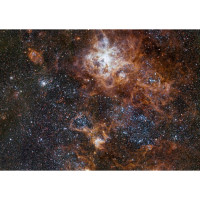Galactic Astronomy and Stellar Physics
Galactic Astronomy and Stellar Physics

Galactic astronomy studies the formation, structure and evolution of our Galaxy. It requires knowledge of the positions, motions and physical nature of stars, planets, the interstellar medium and dark matter. Stellar Physics studies, in particular, the structure and evolution of stars, from formation to the final stages such as white dwarfs, neutron stars and black holes. It helps us understand, for example, how stars affect the Galaxy as a whole or how planets form. The study of the interaction with nearby galaxies constitutes a fundamental element of the nascent Local Cosmology, which connects Galactic Astronomy with cosmological theories.
Magneto-rotational evolution of low mass stars

Faculty: Alessandro Lanzafame
Stars having mass similar or lower than the Sun are characterized by magnetic fields that generate phenomena such as: spots in the photosphere, a corona with temperatures of millions degrees, flares, wind and plasma emission. These magnetic fields have a significant impact on the planets around the star, influencing its atmosphere and the possibility of generating and maintaining life. The stellar rotation is an important factor in the generation and evolution of magnetic fields, which, in turn, cause a slowdown in stellar rotation, also allowing the determination of stellar age. Research in this field makes use of data provided by space missions and large ground surveys, analyzed using advanced time series analysis and image reconstruction techniques.
Supernovae
.jpg)
Faculty: Maria Letizia Pumo
Supernovae (SNe) are explosive events that characterize the "death" (i.e. the final evolutionary stages) of some types of stars. The study of these events represents a fundamental branch of modern astrophysics and plays a key role in many fields of physics, ranging from cosmology to particle physics and the more recent computational astrophysics and multimessenger astronomy. The scientific activity on SNe carried out at the DFA makes use of several national and international collaborations and is divided into several research lines related to the theoretical description, characterization and numerical modeling of these events, also using advanced high-performance computing (HPC) and artificial intelligence (AI) solutions.
Physics of the interstellar medium

Faculty: Giulio Manicò
Photometric and spectroscopic observations show that among stars is present some diffuse matter, made of gas and tiny dust grains, the so-called Interstellar Medium, that condenses in clouds. Inside these clouds some extremely important physical and-chemical processes take place; such microscopic processes, among other things, provide an efficient cooling mechanism for the clouds that favors gravitational collapse, increasing the formation rate of stars and determining the shape and dynamics of galaxies.The most relevant physical and chemical processes that we investigate, both from the experimental and the theoretical point of view, are those leading to the formation of molecules that cannot be produced efficiently by gas phase reactions and that need interstellar dust grains acting as catalysts.